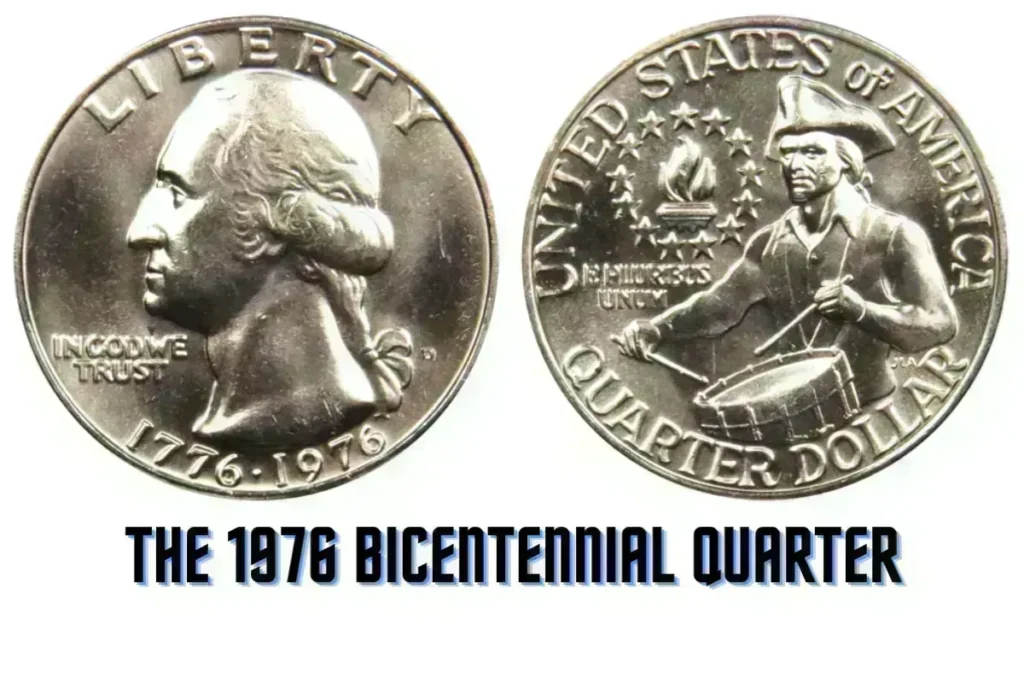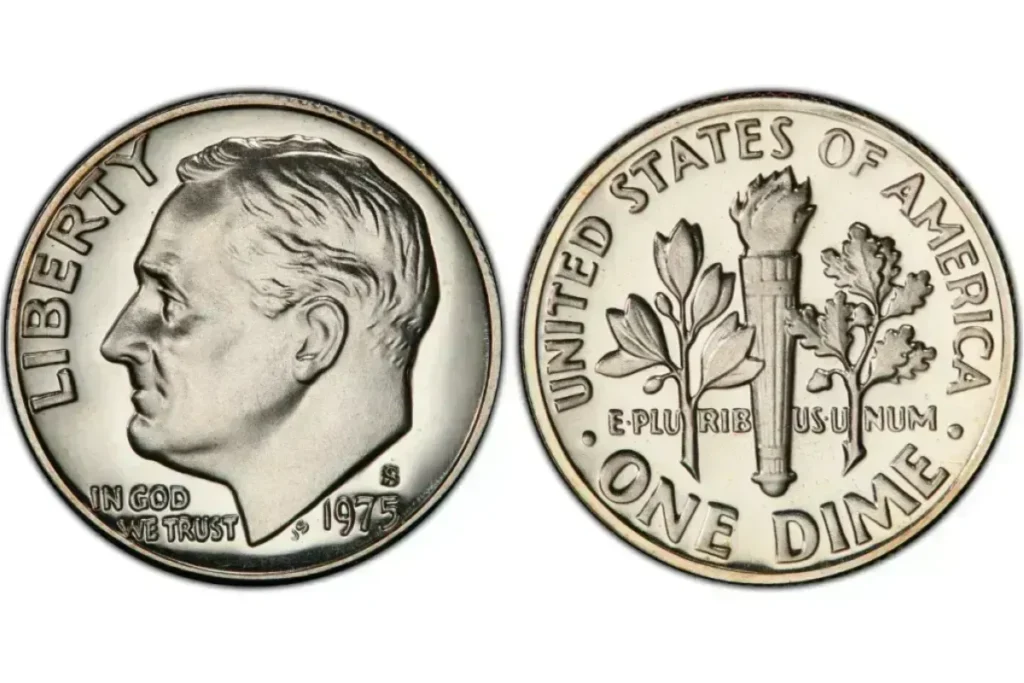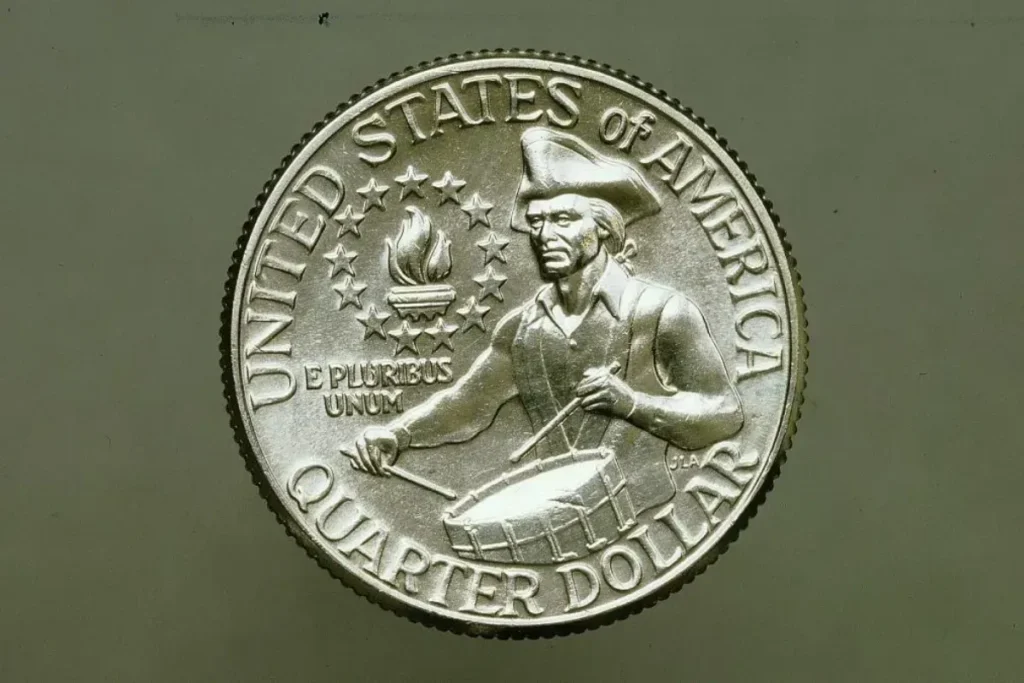Coin collecting is an exciting hobby that can lead to discovering coins worth a fortune. Among these, the Bicentennial Quarter, minted in 1976, stands out. This quarter was issued to celebrate the 200th anniversary of the United States, and while most are worth only 25 cents, a few rare ones can be worth millions!
What Makes the Bicentennial Quarter Valuable?

Historical Significance and Design
The Bicentennial Quarter is unique because it marks America’s 200th birthday. It features a special reverse design showing a colonial drummer. This design was meant to honor the nation’s history and is a key reason why some quarters are highly sought after.
Mint Errors and Rare Variations
What makes certain Bicentennial Quarters particularly valuable are mint errors or variations. For example, some were mistakenly struck with silver instead of the usual copper-nickel mix. These rare coins can fetch incredibly high prices, with some valued at nearly $50 million!
Other High-Value Coins from the Same Period
In addition to the Bicentennial Quarter, several other U.S. coins from the 1970s have also reached impressive values:
1975 No-S Roosevelt Dime

This coin is a rarity because it was mistakenly produced without the “S” mintmark. As a result, it is highly valuable to collectors.
1974 Aluminum Penny
The U.S. Mint experimented with aluminum pennies in 1974 due to rising copper costs. However, these pennies were never released for general circulation, making them very rare and valuable.
1976-S Silver Dollar

This coin was minted with 40% silver content and in limited quantities. Its silver content and scarcity increase its worth among collectors.
How to Identify a Rare Coin
Look for Unique Markings
Identifying rare coins involves looking for unique markings or mint errors. Variations in the materials used or coins from limited production runs can also be indicators of rarity.
Condition Matters
The condition of the coin is crucial. Coins in mint or uncirculated condition are often worth much more than those showing signs of wear.
Mint Marks
Paying attention to mint marks is important. Some mint marks can add to a coin’s value, so knowing where a coin was minted can help determine its rarity.
The Impact of Grading on Coin Value
Professional Grading Services
A coin’s value often depends on its grade, which is assessed by professional grading services. Grades range from Poor to Mint State, with higher grades meaning higher values.
Why Grading Is Important
If you believe you have a rare coin, having it professionally graded can help you understand its true value. A coin in better condition will generally be worth more.
Should You Hold on to Rare Coins?
Investment Potential
Holding onto rare coins like the Bicentennial Quarter can be a smart investment. As time passes, the rarity and value of these coins may increase, especially if they are well-preserved.
Proper Storage
To maintain their value, it’s important to store rare coins properly. Keeping them in excellent condition will help preserve their value over time.
Rare coins like the Bicentennial Quarter and others from the 1970s can be incredibly valuable, making coin collecting a potentially rewarding hobby. By understanding the factors that contribute to a coin’s rarity,
including mint errors, unique designs, and grading, collectors can better identify valuable coins in their collections. If you have a coin from this era, it’s worth exploring its potential value.
1. Why are some Bicentennial Quarters worth so much?
Some Bicentennial Quarters are worth a lot due to rare mint errors or special variations, such as those made with silver instead of the usual copper-nickel mix.
2. What other coins from the 1970s are valuable?
Other valuable coins from the 1970s include the 1975 No-S Roosevelt Dime, the 1974 Aluminum Penny, and the 1976-S Silver Dollar.
3. How can I tell if my coin is rare?
Look for unique markings, mint errors, or variations in materials. Also, consider the coin’s condition and mint mark.
4. What is coin grading and why is it important?
Coin grading assesses a coin’s condition, ranging from Poor to Mint State. Higher grades usually mean higher values. Professional grading can help determine a coin’s true worth.
5. Should I keep my rare coins?
Yes, keeping rare coins can be a good investment. Their value may increase over time, especially if they are kept in excellent condition.













